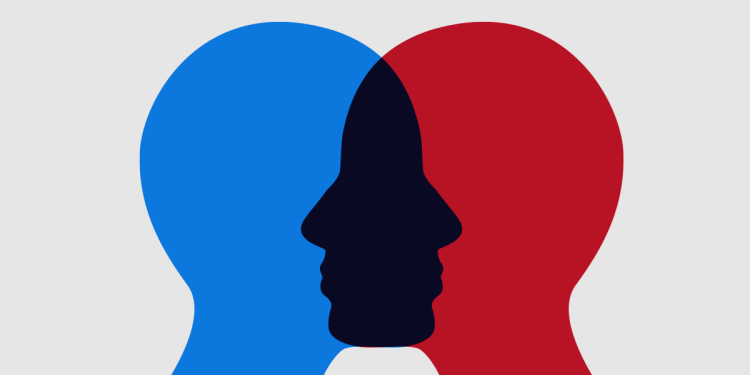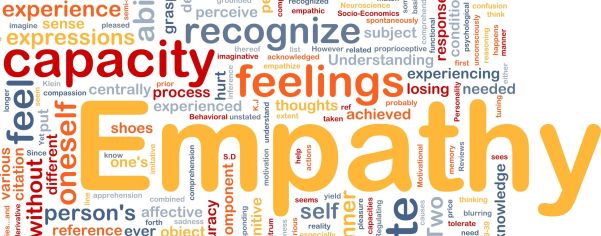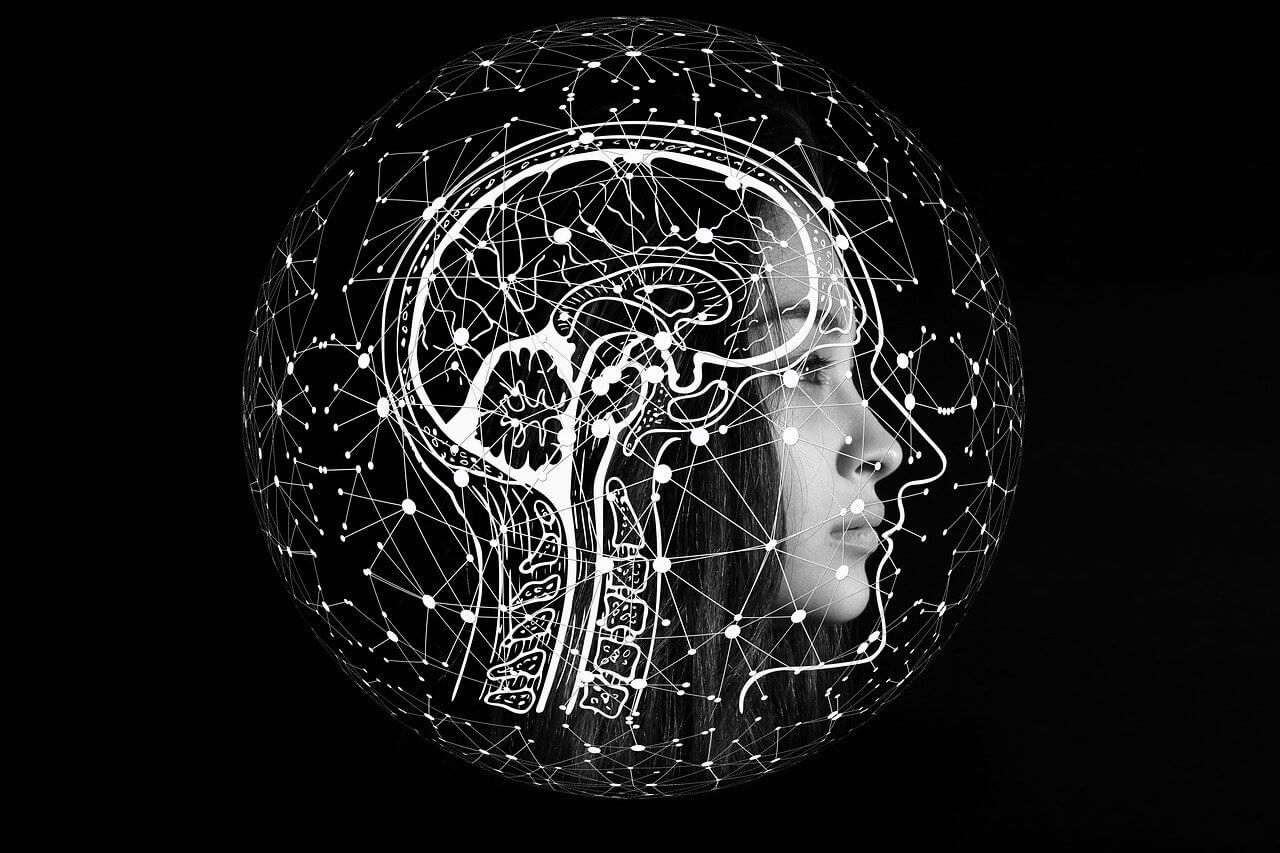If you’ve been on the Internet at all in the last year, you’ve probably read at least a few headlines about empathy, the newest buzzword in start ups, non-profits, mental health, and other areas. In business, empathy is a part of emotional intelligence, which is slowly becoming the hallmark of great leadership. In design, empathy is a crucial phase of testing as one begins to consider how their products will integrate with people’s daily lives. In academia, empathy is the foundation of cultural competency, which is a key part of any diversity training. Studies show that empathic skill is highly correlated with improved relationships, more caregiving behavior, less anxiety, greater cooperation, greater belonging, greater likeability, and basically every trait you’d want to have on a social resume.
However, the concept of empathy still remains fairly nebulous. It’s one of those things that you know because you feel it, but you often can’t put it into words. Unfortunately, our innate knowledge of and familiarity with the concept is declining sharply.
Photo Credit: Lawrence Turner
In 2010, a study from the University of Michigan compiled results examining college students over 30 years and found a 40% decrease in empathic capabilities over this time. The sharpest drop-off occurred after 2000, when digital technologies started their slow creep into students’ daily life. In fact, several of the problematic tendencies of our online behavior – comments sections, cyberbullying, even the sense of “Facebook ennui” you get when everyone else’s life seems cooler than yours – can be attributed, at least in part, to a lack of empathic understanding.
Now, of course, as with any issues within the darned millennial generation, it’s easy to point disapproving fingers at social media and be done with it, but, as it turns out, it’s fairly easy to break down the aspects of digital culture that affect each component of empathic skill. If we can start to understand where these deficits come from, we can also start to reverse them.
In the Photo: A study from the University of Michigan compiled results examining college students over 30 years and found a 40% decrease in empathic capabilities over this time.
Psychologists still hotly debate the definition of empathy, including what core components are necessary to mention in that definition. However, the three that are most often included in psychologists’ definitions are affective understanding, emotion contagion, and cognitive perspective-taking.
Affective Understanding
Failures of affective understanding are becoming a universal experience, and our increasing reliance on platforms that cannot support holistic communication is stilting our ability to understand one another.
Affective understanding is the simplest of the three; it describes the skill of knowing how others are feeling. Some researchers test for empathic skill only by looking for this one component, through the “Reading the Mind in the Eyes” Task, in which a subject looks at pictures of people’s eyes and tries to guess what they’re feeling. Of course, it’s impossible to look back and remember the moment that you learned how to detect other people’s emotions. Emotional understanding is something you learn by doing, and it relies on two key aspects of emotional expression: communication and interpretation.
In a two-person interaction, someone has to effectively communicate how they’re feeling, and the other person has to correctly interpret these signals. Young kids get it wrong all the time, but they learn over time through practice, and as we get older, the emotions we learn to understand get more complex as the social stakes for failed understanding get higher. Thus, it’s crucial that this practice be a continuous process.
Unfortunately, most of this communication happens through non-verbal cues. That’s why the test for this understanding is looking into someone’s eyes – facial expressions, gestures, tone, and posture are often much more reliable signals than the words a person uses. As more of our conversation moves into the digital space through texting, messengers, and posts – media that weren’t built to communicate these signals –social-emotional cues become harder to read. Everyone knows the sinking feeling of reading a text message, assuming a friend felt a certain way while writing it, and being dead wrong. Failures of affective understanding are becoming a universal experience, and our increasing reliance on platforms that cannot support holistic communication is inhibiting our ability to understand one another.
Photo Credit: Ted Bauer, The Context of Things
Emotion-Contagion
Meanwhile, the second core concept, emotion-contagion, actually relies on affective understanding. It describes the phenomenon where you start to feel what people around you are feeling – it’s what makes you cry at sad movies, feel happier when surrounded by happy people, or wince when you see other people get hurt.
Fascinatingly, emotion contagion actually happens by a process of neurological mirroring, wherein certain areas of your brain alert the areas involved in creating emotions to activate in response to perceived emotions in others. In other words, when you see someone get punched, the part of your brain that processes physical pain actually lights up, so neurologically speaking, it’s like you got punched, too. Researchers still aren’t sure why this skill is valuable within a social group, but it fosters stronger bonds, probably due to a sense of shared experience. Nonetheless, your brain is only mirroring perceived emotions, so you need to have a solid understanding of other people’s feelings to be able to feel them yourself. Unfortunately, given the limited range of emotional expression available to us digitally, the phenomenon is difficult to replicate online, with one jarring exception. If emotions are contagious, anger is like the bubonic plague.
Related articles: “THE COLLEGE STUDENT MENTAL HEALTH CRISIS: WHAT CAN WE DO NOW?“
“IMPAKTER ESSAY: MOBILE DEVICES AND CONSUMER BEHAVIOR DECODED”
“Outrage culture” describes the virality of shame. Articles shaming celebrities, universities, and others for committing various indiscretions get shared more often than cat videos these days, and it seems that “You Won’t Believe Who Said This Shocking Thing” is becoming an alarmingly reliable clickbait headline. Somehow, anger is easily communicable over short social media posts, but its contagion is actually counterproductive to developing empathic skill. Studies show that exposure to angry comments or posts leads readers to have more hostile thoughts. Thus, when frequent readers of these comments come across dissenting opinions, they’re more likely to react angrily and commit “othering” behavior against the author.
Difference in opinion or ideology become barriers, and people are less likely to practice empathy for those who have caused their anger. As online readers start to view people with dissenting opinions as “others”, they create identity groups, mentally separating people based on ideology. The more we create these social divides, the less motivated we are to attempt to understand people across them.
Cognitive Perspective-Taking
Our online world becomes a sort of echo chamber for beliefs and behaviors that mirror our own, thereby eliminating the need for perspective-taking. We simply lose practice.
Finally, cognitive perspective-taking is the last and most nuanced component of empathy. This is what your parents and at least one of the books you were forced to read in middle school were trying to teach you: walking a mile in someone else’s shoes (or moccasins, if that book was Walk Two Moons, like it was in my middle school). It’s the message underlying basically every cliché message we tell children, and yet, in young adults, it’s the component of empathy that has seen the sharpest decline since 2000.
Perspective-taking is another one of those things you learn by doing and need to keep practicing. The rewards are endless; it’s been shown to improve relationship satisfaction, improve compassion and gratitude, improve reported sense of social belonging, and basically just improve you as a person.
Unfortunately, as more of our lives move online, the opportunities for practice are slowly slipping away. Think about your Facebook news feed. To a certain extent, it’s a random jumble of posts from friends, but really, it’s a carefully curated source of information, tailored to your interests and beliefs. Chances are, many of your friends are like-minded, to you and to each other. Sure, we each have a family friend or relative or old school buddy that makes you roll your eyes every now and then, but it’s remarkably easy to scroll past anyone whose opinion differs from our own.
So when our social information primarily comes from our news feed, the most exercise we get in perspective-taking is in understanding someone whose point of view varies only slightly from our own. Furthermore, it’s remarkably easy to reject sources of differing opinions, whether it’s hiding a crazy uncle from our news feeds, or clicking only on the articles that agree with us, or scrolling past any disagreements at all.
In fact, engaging with people digitally over matters of difference or over matters of personal distress is often frowned upon in the digital universe; we don’t want to be that person who gets “too political” or “too emotional” on Facebook, after all. What we choose to share online is often just a surface-level depiction of our lives, which doesn’t require real understanding and is always at risk of being skipped by our scrolling-prone friends.
Essentially, our online world becomes a sort of echo chamber for beliefs and behaviors that mirror our own, thereby eliminating the need for perspective-taking. We simply lose practice.
The effects that digital culture has on empathy prove one thing about the buzzword itself: it’s not just something we get at birth. Empathy is a skill that has to be cultivated throughout one’s life, and as the old adage goes, practice makes perfect. Thankfully, using social media and practicing empathy are not mutually exclusive. After all, the online world creates connection and social support in ways that were previously unthinkable. However, as we move into this digital world, we have to be conscious not to leave certain skills behind.
Empathy is a buzzword for a reason; its development improves most aspects of our social lives and minimizes some of the toxic aspects of our digital culture. Unfortunately, it is also a social skill that’s too often taken for granted, and we’re losing it steadily. Until Facebook and Twitter find some way other than likes and hearts to incorporate nonverbal emotional cues into our news feeds, we have to learn emotional understanding from face-to-face interactions and try to extend this understanding to our online interactions as well. We have to be more active in pushing ourselves to consider opposing perspectives or to confront personal issues that delve deeper than our friends’ vacation photos and brunch picks, whether we do so online or in person. Next time a friend texts you for help, try switching the conversation over to Skype or meet for a coffee. If a relative posts an article you vastly disagree with, give it a read, try to understand why someone wrote it, and call him or her to talk about it (but avoid the comments section!). Try meeting someone in person without talking to him or her for weeks on Tinder chat first, in a public and well lit place of course. In short, just practice.
Recommended Reading: “EMPATHY DOESN’T MAKE YOU A GOOD PERSON”
“ESTHER J. CAPEDA: THE ‘EMPATHY CURE’ MYTH”
_ _


















